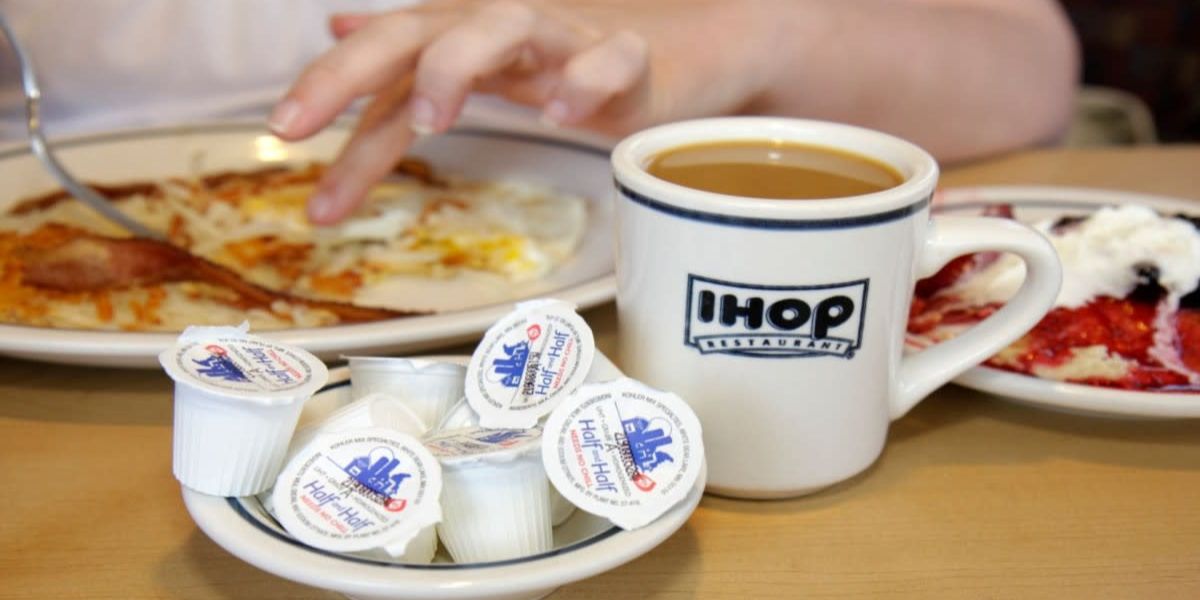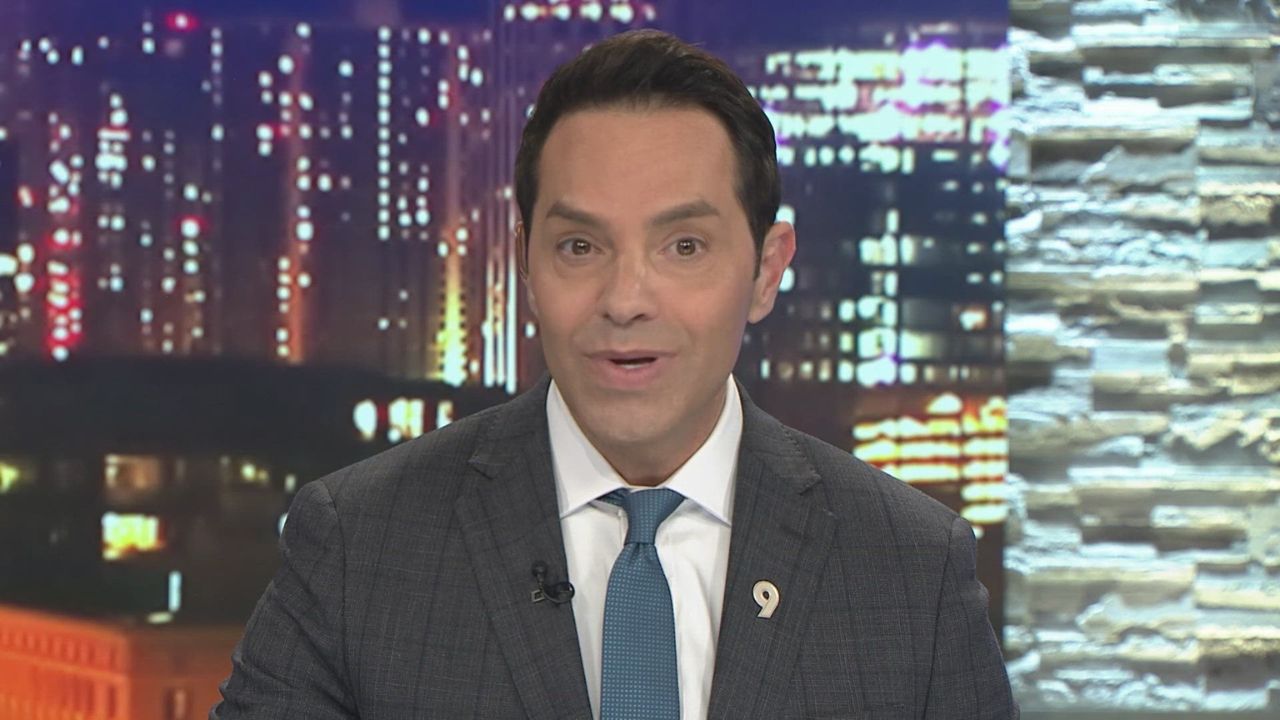Chicago, IL — Once considered America’s favorite morning meal, breakfast is quickly becoming a luxury for many households. With rising food prices and declining restaurant traffic, even classic breakfast chains like IHOP, Denny’s, and Cracker Barrel are feeling the financial strain.
According to new data from the U.S. Bureau of Labor Statistics, prices for food at home climbed 2.6%, while food away from home jumped 3.7% in the 12 months ending September 2025. Those increases, combined with wage stagnation, have left more Americans skipping meals to save money. A Credit Karma survey found that 27% of respondents admitted to skipping at least one meal because of rising food costs.
Breakfast Prices Soar Beyond Inflation
Over the past five years, breakfast menu prices have risen faster than nearly any other food category. Between 2020 and 2025, menu prices at 16 major breakfast chains increased by an average of 39%, almost double the national inflation rate of 22%, according to TheStreet.
Among these, IHOP (International House of Pancakes) saw the steepest jump — raising prices on its top 10 menu items by 82% during that time.
“With food prices still climbing, people are cutting back. This is not because they don’t like IHOP, but because the math doesn’t math anymore,” said Dominick Miserandino, CEO of Retail Tech Media Nexus.
Other major breakfast chains also raised their prices, though less dramatically:
- Denny’s: up 36%
- Cracker Barrel: up 35%
- Waffle House: up 32.7%
Sales Declines and Restaurant Closures
IHOP’s price hikes have coincided with a drop in sales and restaurant closures. In the third quarter of fiscal 2025, IHOP’s domestic same-store sales fell 1.5% year over year, and at least 12 locations closed globally.
“When chains roll out value menus, they’re really acknowledging the consumer’s reality: Families need affordable options,” Miserandino added. “IHOP’s move isn’t just a promotion — it’s about survival.”
Rivals are facing similar struggles. Denny’s announced plans to permanently close 150 locations by the end of 2025, on top of 80 that shut down earlier. Cracker Barrel’s Maple Street Biscuit Company is also planning to close 14 restaurants in 2026, reducing its footprint by over 20%.
IHOP’s Response: Simplifying Menus and Adding Value
IHOP is now shifting strategy by introducing value-focused options to retain customers. In September 2025, the chain launched its first-ever permanent value menu, offering four classic breakfast plates priced around $6 to $7, depending on location.
“Our goal is to improve overall speed of service and franchisee margins, and these measures will help us continue to deliver the best-in-class experience that our guests expect from IHOP,” said IHOP President Lawrence Kim during an earnings call.
The company also revamped its promotional offerings, replacing its “Pancake of the Month” campaign with a “Pancake of the Moment” — introducing a new or seasonal flavor every other month instead of monthly.
Shannon Chirone, Senior VP of Marketing at HungerRush, praised the strategy, noting:
“Value pricing gives customers the confidence that they are getting the biggest bang for their buck without compromising taste and quality.”
Value Menus See Uptick in Traffic
Despite broader industry declines, value menu traffic rose 1% in the quarter ending June 2025, a modest but positive sign after years of stagnation. According to Circana, that’s a 2% increase from the prior year and the first positive shift in three years.
“It’s important for restaurants to remember that value is rarely defined only by price,” said David Portalatin, Circana’s Senior VP for Food and Foodservice. “Operational excellence in providing quality, affordability, great experiences, and convenience is what leads winning restaurants and their partners to greater success.”
Still, overall food service traffic declined 1%, signaling that while diners appreciate deals, they’re eating out less frequently due to budget constraints.
Breakfast Chains Bet on Survival
The rise in breakfast costs has forced restaurant operators to balance profitability with affordability. Analysts believe IHOP’s move toward value menus could serve as a model for struggling chains trying to lure back customers without sacrificing margins.
“Consumers are telling restaurants what they need — affordability without compromise,” Kim said. “It’s our job to deliver that.”
What do you think about the rising cost of breakfast and IHOP’s value-focused comeback? Share your thoughts in the comments below.






